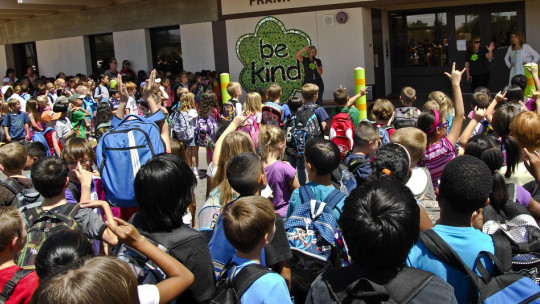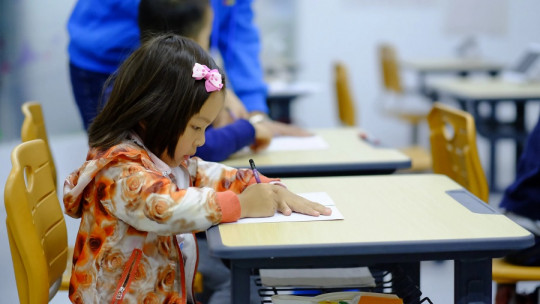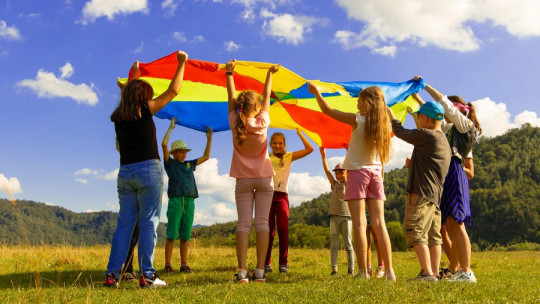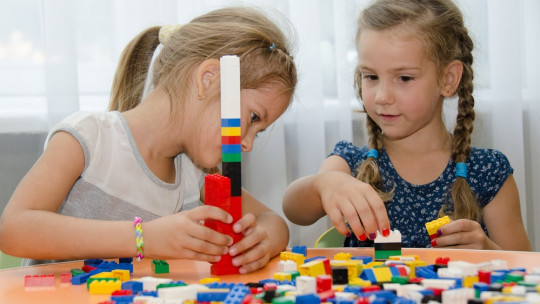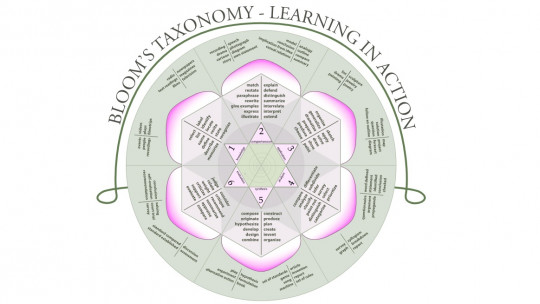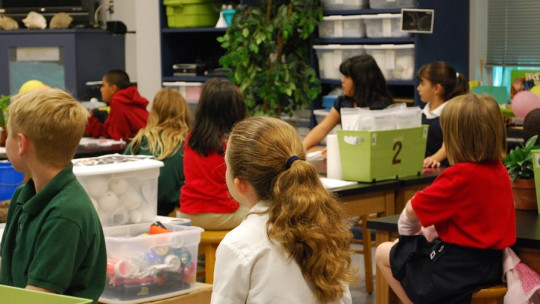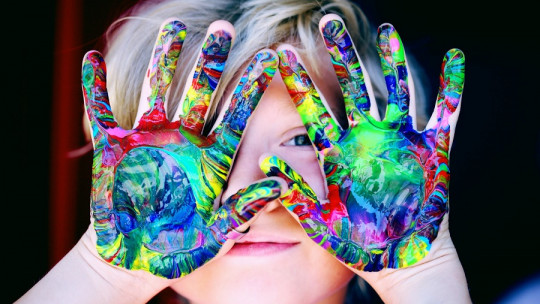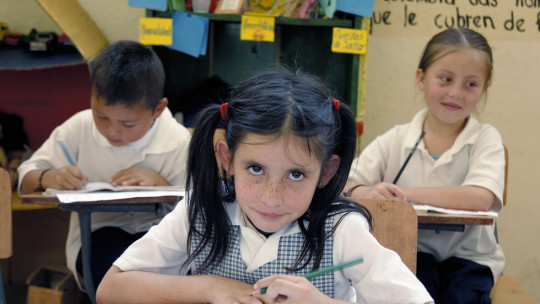
Educating and learning are common concepts, relatively easy to identify and that we often see reflected in our daily lives and in almost everything we do. However, understanding what learning means and what it should aim to be instilled with both formal and informal education (especially in children and developing people), as well as how to carry it out, is more complex than it seems.
The different ways of seeing education have generated that throughout history they have emerged and applying different pedagogical models In this article we are going to look at some of the main models in this regard.
The main pedagogical models
There are numerous ways to conceptualize learning, each of them having different repercussions depending on the practical effects of said conception. Many of the ideas regarding how it works or how the educational process should be carried out have been developed and have been constituted as a more or less solid pedagogical model.
These models are the representation of the set of relationships that allow us to explain a specific phenomenon, in this case learning. Having a pedagogical model allows us not only to have an explanation about it, but also to develop a series of guidelines that lead us to educate and enhance certain aspects depending on the type of model chosen. There are a large number of pedagogical models, among which those shown below stand out.
1. Traditional model
The traditional pedagogical model, the most used throughout history, proposes that the role of education is to transmit a set of knowledge In this relationship between student, educator and content, the student is only a passive recipient, absorbing the content that the educator pours over him. The leading role falls on the educator, who will be the active agent.
This type of model proposes a methodology based on the rote retention of information, based on the continuous repetition of tasks and without requiring an adjustment that allows the granting of meaning to the learned material.
Likewise, the level of learning achievement will be evaluated through the product of the educational process, grading the student based on whether he or she is able to replicate the information transmitted. High importance is given to the concept of discipline, the teacher being an authority figure, and knowledge is transmitted without a critical spirit and accepting what is transmitted as true. It is based on imitation and ethical and moral development.
2. Behaviorist model
The behaviorist pedagogical model also considers that the role of education is the transmission of knowledge, seeing it as a way to generate the accumulation of learning. It is based on the behavioral paradigm in its operant aspect, proposing that every stimulus is followed by its response and the repetition of this is determined by the possible consequences of said response At the educational level, learning is intended by modeling behavior, fixing the information through reinforcement.
The role of the student under this paradigm is also passive, although it becomes the main focus of attention. The teacher continues to be above the student, in an active role in which he issues situations and information that serve as a stimulus. The use of rote and imamitive-observational methodology abounds. Technical procedures and skills are usually well learned under this methodology at a procedural level, considering learning as behavior change
We work through a summative evaluation that takes into account the levels of expected behavior and the analysis of the products developed throughout the evaluation (such as exams).
3. Romantic/naturalistic/experiential model
The romantic model is based on a humanist ideology that aims to take into account the student as a leading and active part of learning and centralized in the child’s inner world. It is based on the premise of non-directivity and maximum authenticity and freedom, assuming the existence of sufficient internal capabilities on the part of the learner to be functional in her life and seeking a natural and spontaneous learning methodology.
Under this model it is promoted that the development of minors should be natural, spontaneous and free, focusing learning on free experience and the interests of the minor, with only the educator being a possible help for him in case of need. The important thing is that the minor develops his internal faculties in a flexible way. It is not theoretical but experiential: you learn by doing.
In this model, it is proposed that the subject should not be evaluated, compared or classified, pointing out the importance of being able to learn freely without interference. At most, a qualitative evaluation is proposed, leaving aside quantification to observe how the subject has developed.
4. Cognitivist/developmental model
Based on the Piagetian conception of development, this model differs from the previous ones in that its main objective is not to comply with the curriculum, but to contribute and train the subject. in such a way that they acquire sufficient cognitive skills to be autonomous, independent and capable of learning on his or her own. Education is experienced as a progressive process in which human cognitive structures are modified, modifications that can indirectly alter behavior.
The teacher’s role is to evaluate the level of cognitive development and guide students in order to acquire the ability to give meaning to what they have learned. It is a facilitator in stimulating the development of the learner, with the teacher-student interaction being bidirectional. It is about generating experiences and areas where you can develop qualitatively evaluating the learner subject.
5. Educational-constructivist model
The constructivist educational model is one of the most widely used and accepted today. Based like the previous one on authors such as Piaget but also together with the contributions of other prominent authors such as Vygotsky, this model focuses its attention on the student as the main protagonist of the educational process, being an essential active element in learning.
In this model, the teacher-student-content triad is seen as a set of elements that interact bidirectionally with each other. It is intended that the student can progressively construct a series of meanings shared with the teacher and with the rest of society, based on the contents and guidance of the teacher.
A fundamental element for this perspective is that the learner can attribute meaning to the material learned and also to the learning process itself, with the teacher acting as a learning guide and the latter taking into account the need to provide help tailored to the needs of the learner
It is about optimizing its capabilities as much as possible, in such a way that it approaches the maximum potential level instead of limiting itself to its actual current level (that is, reaching the level it can reach with help). Control is progressively handed over to the student as they master the learning, in such a way that greater autonomy and capacity for self-management are achieved.

